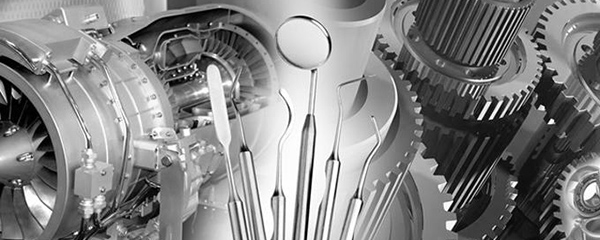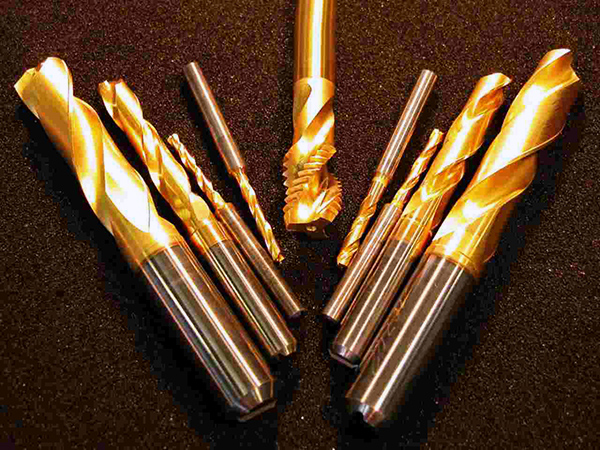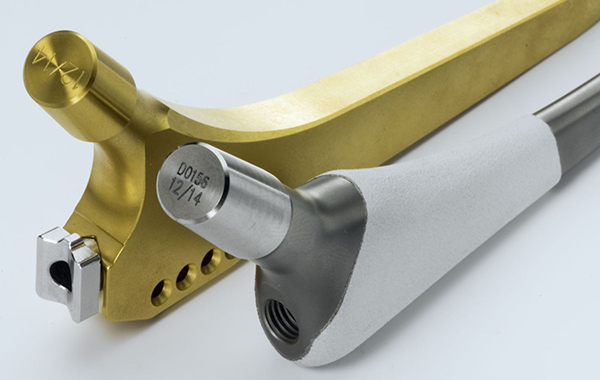We roam around in the world of PVD coatings to see what, in our everyday world, it is used for. And of course, how is it actually done.
High quality coatings achieved by Physical Vapour Deposition have wider uses than most people realise – on car engines, double glazed units, bath taps, drill bits, mobile phones, spectacles – the list is endless.
The market is growing at 10 per cent per year and with annual sales in excess of £2 billion.
PVD coating in the car industry
In the car industry, it is a newer and much cleaner alternative to chrome plating, which is the traditional coating used for trucks and cars. This is because PVD coatings have been proven to increase durability and weigh less than a chrome coating, which in turn means a vehicle’s acceleration and fuel efficiency will increase.
Improving fuel efficiency has become an important way to save money especially in the motor racing world which is often at the forefront of technology. F1 has used PVD successfully on gears and engine parts to help those 10,000+ RPM engines increase performance. One way to conserve fuel is to reduce energy loss caused by engine friction, for example, the valve-train system which is responsible for approximately 10% of the engine’s frictional losses at high speeds. The problem is even more significant at low speeds and to improve performance many valve trains are now PVD coated. These improve friction as well as reduce energy loss and general wear and tear.

Tooling
Extending the life of tools has been one of the typical uses for PVD coatings.
A remarkable improvement in tool life was observed (at least 400%– 600%) after applying hard wear-resistant PVD coatings (such as TiC, TiN, TiAlN, and TiZrN).
PVD coating is also used in the manufacturing of engines to coat piston rings for 4-stroke large bore engines.

PVD coated drill bits
Marine
The coatings, applied by the electron beam evaporation-physical vapour deposition process, are tailored to provide superior durability in a marine engine environment. Zirconium Oxide (or Zirconia) coatings are used which are a relatively new technology that offers significant durability and performance benefits for gas turbines in the marine world. These thin coatings offer strong resistance to corrosion attacks from fuel (sulfur, vanadium, and sodium) and air (sea salt) impurities present on seafaring vessels. Thicker zirconia coatings reduce the thermal stresses and heat transferred into air-cooled components.
PVD coatings also offer corrosion resistant properties suitable for high speed impellers (rotor gadgets inside a tube which increases the rate of flow of a fluid by propelling the fluid outwards away from the central point in different directions). Impellers can be made from iron, bronze, aluminium or plastic and are used to propel high speed motor boats, for again, use in the marine industry.
NASA
NASA, at the forefront of cutting edge technology, has pioneered a new form of PVD coating. Thermal and environmental barrier coatings are necessary for the protection of metal and ceramic components in high temperature turbine engine environments. NASA’s Glenn Research Center is developing a coating that can deposit very thin and smooth layers on ceramic materials for use as aircraft engine turbine components. The process, called ‘Plasma Spray-Physical Vapour Deposition,’ or PS-PVD, can apply coatings that withstand up to 2700 degrees Fahrenheit, improving engine thermal efficiency and reducing fuel burn.
As part of the Plasma Spray-Physical Vapour Deposition, or PS-PVD process, ceramic powder is introduced into a plasma flame. This causes it to vaporise and then it condenses on the object, to form a hard, ceramic coating.
Medical and dental
Wear-resistant PVD coatings have become widely popular for the medical and dental world, including orthopaedic implants, surgical instruments, and pacemakers. Medikote (a trademark) is a family of PVD coating processes specifically designed to meet the stringent quality requirements of the medical component industry. This form of PVD coating deposits high quality thin-film coatings with excellent hardness, lubrication and adhesion.
PVD can also be used for biomedical coatings on joint implants, heart pumps, catheters and pacemaker electrodes.

PVD coated hip implants
Packaging
More surprisingly PVD coatings can even pop up at shops and motorway service stations as the process is also used to create the metallic (aluminised) layer on snack bags – think of the silver lining of bags used for crisps etc.
Music and computers
Additionally: PVD layers are being used in in the music and computers industries as part of the coating for CD-ROMs. Aluminium is deposited to form electrically conductive layers, and the same metal (– as also copper –) is being used for its reflective purposes on plastic information carriers, including CD-ROMs.
It is clear that PVD coatings are not only developing at a fast rate but that they are also here to stay as a viable and desirable alternative to many traditional coating and plating methods.